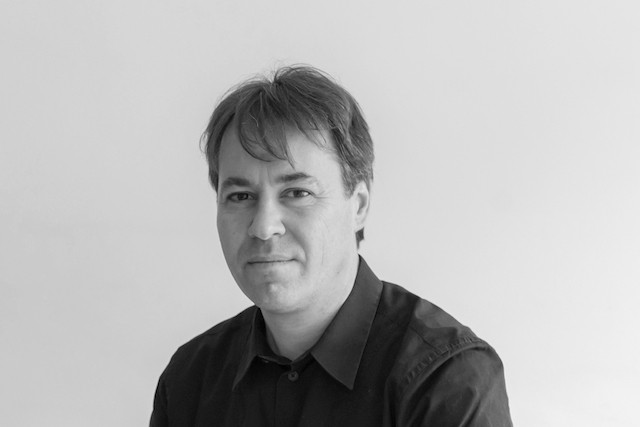It signed a charter committing itself to “gradually integrate the rules of the circular economy into its building regulations and to promote the ecological construction of buildings with high added value, having a positive impact on the economy and environment”. How far has it progressed?
One of the most ambitious projects of the Wiltz hotspot has been the “Wunne mat der Wooltz” project, a large-scale housing development built along circular economy principles on a brownfield site.
The architects Heisbourg Strotz Associates is one of the offices involved in the creation of the site’s urban development masterplan. In a Q&A with Delano, one of its partners, Bob Strotz discussed the project’s progress so far.
Delano: How far has the application of circular economy principles come in the “Wunne mat der Wooltz” development?
Bob Strotz: We have held numerous meetings of the inter-ministerial and urban planning group, where four main themes have emerged, each of which contains layers of sub-themes linked to the circular economy. As a result, three pilot projects area ready to be launched on mobility, the sharing economy and materials passport.
Have clean technologies been used at all?
One area of the circular economy is the production of clean energy. This aspect was of course taken into account in the development of the project plan. The idea is that the whole neighbourhood will produce more energy than it will consume. With regards to the types of materials used, photovoltaic mounting systems and recycling for future use are obligatory for building construction, infrastructure and landscape design.
Which clean technologies are being used?
The project envisages the use of materials that are healthy for inhabitants, which have no impact on the environment, and which are removable and reusable. Energy will be produced through inter-seasonal solar energy storage, high-performance photovoltaic systems and a smart grid system, which allows the intelligent recovery and transposition of energy produced.
Have you encountered any difficulties in applying circular economy regulations in this project?
The circular economy is not an exact science, and it incorporates many facets. As such, its requirements need to be adapted to fit each situation. There is currently no national regulation on the circular economy; this remains to be determined by government.
What stage is the project currently at?
The masterplan of the “Wunne mat der Wooltz” project was drawn up in less than a year, and the final details of the urban development plan are set to be introduced in May 2018. An interactive exhibition, presenting the entire project will also soon be open to the public at the Wiltz railway station.
When is the “Wunne mat der Wiltz” development expected to be complete?
Construction work is expected to start in 2021 with an average of 70 dwellings per year anticipated. Thanks to our plan, the first houses and public buildings will be ready for occupancy upon completion, rather than at the end of the entire project.
An artists’s rendering of the “Wunne mat der Wooltz” project in Wiltz. Image credit: Heisbourg Strotz Associates
Info box: Wunne mat der Wooltz
The “Wunne mat der Wooltz” project was developed by the national housing fund (Fonds du Logement) and the economy ministry at a cost of €800 million. They set up an inter-ministerial group of 12 ministries and 6 organisations to take the site from ideas to action. The members of this group include: Ifas (the Institute for Applied Material Flow Management, University of Applied Sciences, Trier), Luxinnovation, and an urban project management group incorporating Schroeder & Associates, Maja Devetak Landschaftsarchitektur and architects Heisbourg Strotz Associates.

